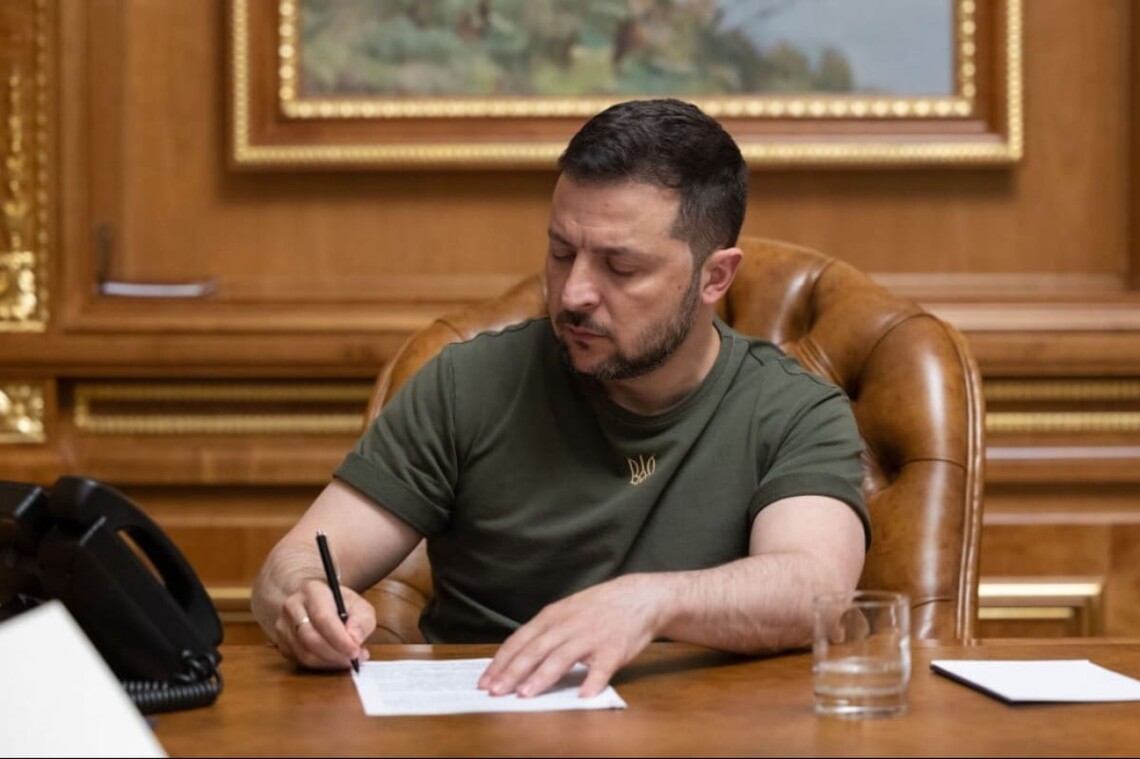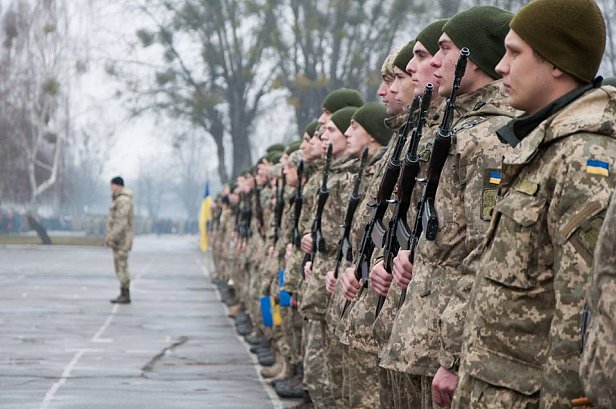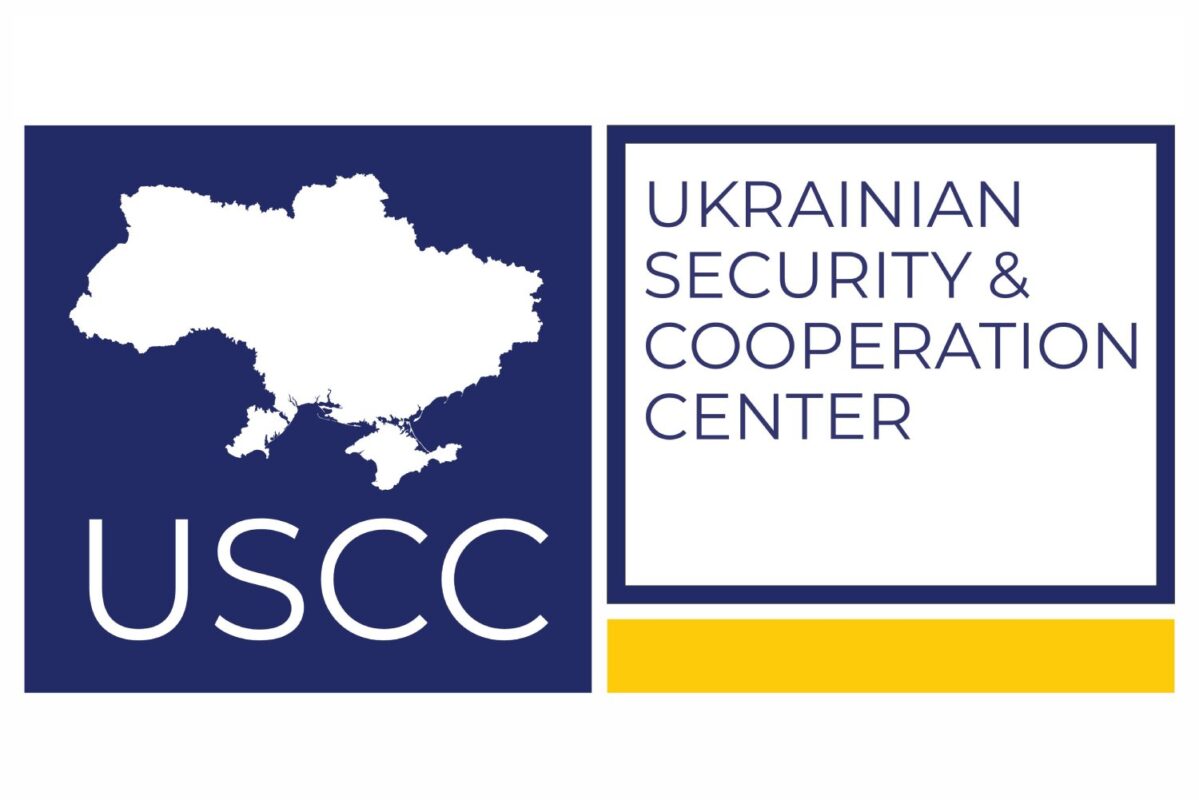With the beginning of Russia’s full-scale invasion of Ukraine, the President’s decrees introduced martial law and announced general mobilization. Which is regularly extended by the Verkhovna Rada.
Much has been said about the fact that the law on mobilization in force at the time of the outbreak of war was outdated and the military registration system was ineffective. Although experts were divided on the new draft law No. 10449 on mobilization, the issue of its adoption was vital, given the current external and internal factors. Ukraine must stand up to the aggressor, and for this it needs not only weapons but also people.
Mobilization – on the military track
President Volodymyr Zelensky announced general mobilization in Ukraine on the first day of Russia’s full-scale invasion, February 24, 2022.
Since then, the Verkhovna Rada has been extending the validity of this presidential decree every three months, meaning that from a formal point of view, mobilization in Ukraine has been going on continuously for three years.
And the situation with recruitment has changed significantly since then. While in the first weeks and months there were lines of volunteers lining up at the TCA, the flow of volunteers soon dried up. Therefore, to ensure an uninterrupted supply of new people to the Armed Forces, mobilization began to be carried out using the “classic” method of serving a call-up.
However, the involvement of defenders in the defense of Ukraine has highlighted a number of problems in this process.
Firstly, the legislation on mobilization, which had not been updated for years, had a rather weak correlation with the challenges of wartime.
Second, as it turned out, the military registration system in Ukraine was far from perfect. TCAs simply did not have information about the place of residence and social status of millions of people liable for military service who, contrary to the requirements of the law, did not register, thus avoiding the army system.
Thus, the places where they began to look for men fit for the army and hand them draft notices were streets, checkpoints, and entertainment venues. And often these deliveries were not peaceful.
It was at this time that a joke appeared in the army environment: “We don’t need guys in our unit who couldn’t even escape from the TCA,” which characterizes the low quality of recruits.
Therefore, the emergence of a new mobilization law was a requirement of the times. And no matter how difficult the work on it was, no matter how much controversy there was around this document, it did reach the parliamentary session hall.
New law, main changes
On April 11, 2024, the Verkhovna Rada adopted Law No. 10449 on mobilization in general. The document comes into force on May 18, 2024, a month after it is signed by the President.

Photo president.gov.ua | President of Ukraine signed new mobilization law
The main innovations of the law relate to accounting and are intended to update the database of persons liable for military service, which, in turn, should answer the question of the overall personnel potential for the Ukrainian Defense Forces and overcome the practice of searching for people for the army on the streets.
Thus, in accordance with the main provisions of this law, within 60 days of its entry into force, all Ukrainian men aged 18 to 60 (including those abroad) will have to update their military registration data. They will then be required to carry their military registration documents with them throughout the duration of martial law and present them at the request of the TCA staff or police officers.
The legislation introduces the concept of an electronic cabinet for persons liable for military service: every Ukrainian man of military age can voluntarily create one, and it will be used to communicate with the army system.
Men who are not registered with the military will not be able to obtain a passport or (in the case of those abroad) use consular services.
In addition, the law restricts the ability of “evaders” to work in the civil service and allows the TCA to initiate the revocation of their driver’s licenses through the court.
The adopted law confirms the right to defer mobilization for parents with many children (except for those who owe child support), single parents, adoptive parents, and those citizens whose close relatives were killed or went missing while defending Ukraine.
Law enforcement officers, members of the Verkhovna Rada and no more than two of their assistants, heads of central executive authorities, and judges will receive mobilization reservations.
Full-time students of universities and vocational schools, as well as teachers who work at least three-quarters of the time, are not subject to military service.
Citizens with disabilities, those released from captivity, and young men under 25 can be mobilized only if they wish.
The law also stipulates that all those mobilized must undergo the necessary military training.
Demobilization and rotation
The main criticism of the new law from the military is the lack of provisions on demobilization and rotation, which was decided to include in a separate draft law.
However, the issue of rotations seems to be moving forward even without a law. In particular, in an interview at the end of March, the Commander-in-Chief of the Armed Forces of Ukraine, Oleksandr Syrskyi, said that rotations of military units on the front line had already begun.
“Our people are heroes, but their strength is not unlimited, and they also need recovery and rest. That is why today we have already the process of rotation of military units has been launched on the front line, which allows us to fully restore the combat capability of not only equipment, but also to ensure rest and recuperation of our military personnel. To ensure this process, we need people. That is why I would like every man of military age in Ukraine to realize that it depends on his will and actions for Ukraine to survive,”
said Syrsky.
As for demobilization, there is a general opinion among legislators that such a term in the context of an ongoing war is inappropriate, so the new law will most likely regulate the dismissal of military personnel of the Defense Forces who are at war.
“Of course, it would be better to include clear terms of service. But in order to demobilize such a number of people, we must be able to provide an equivalent number of people, and these people must be trained and equipped,”
said Sergii Kuzan, head of the USCC, commenting on the law on mobilization to the Financial Times.
Recruitment and mobilization
The law on mobilization contains changes to military ranks, introduces the title of recruiter, and separately defines the rules for the operation of recruiting centers in Ukraine. Parliamentarians left in the law a clause on the protection of recruits for service in a specific unit. This means that a person liable for military service who is assigned to a specific unit and arrives at a recruiting center will be able to serve in that unit.
Such an innovation is important against the backdrop of the development of the recruitment system and recruitment centers, where everyone can choose a military specialty and join the army on a voluntary basis. By the end of July 2024, 22 new recruitment centers are planned to open, bringing the total number of such centers to 32 across the country. The main goal is to increase the number of new contract soldiers to 4-5 thousand per month.

Photo inforesist.org | Armed Forces of Ukraine
This practice is actively used. From the first months of the full-scale war, some units, such as the 3rd Assault Brigade, Da Vinci Wolves, Kraken Special Forces, etc. have been successfully recruiting. Last year, the Ministry of Defense also launched a recruitment program. And this year, on March 14, a new recruitment algorithm for the Armed Forces was presented, which is carried out through recruitment centers and online.
The procedure for those who want to mobilize or sign a contract will be different.
More necessary than ever
The adopted law on mobilization is not perfect, it is a compromise, and has many problematic issues. However, observers agree that its adoption in the third year of the war unleashed by Russia is overdue and overripe, and for several reasons.
First of all, the situation on the front line has long called for intensification of conscription.
The Ukrainian military, many of whom have been fighting on the eastern front since the ATO in Donbas, in fact since 2014, also demanded increased mobilization.
Ultimately, the adoption of the law on mobilization turned into an element of a foreign policy game involving Ukraine, which is currently in dire need of financial and military assistance provided by its Western partners. Russian propagandists have been spreading a narrative in the West about the inexpediency of helping Ukraine, which is allegedly not even able to organize mobilization by law.
In this sense, the Rada’s adoption of the long-suffering law can be considered fulfilment of the military’s request and the first step toward mobilizing the whole of Ukraine, and the future victory in the war.

